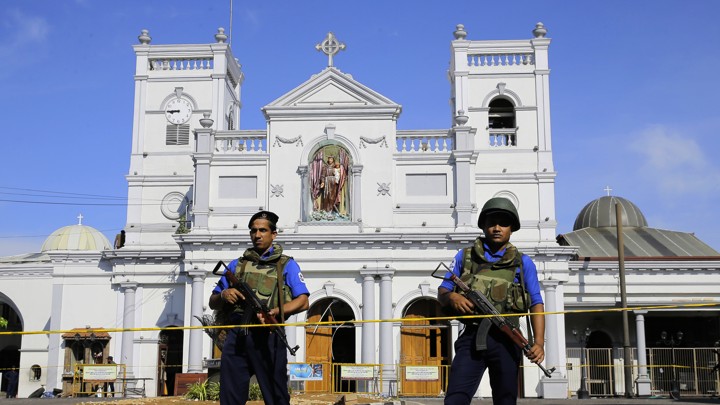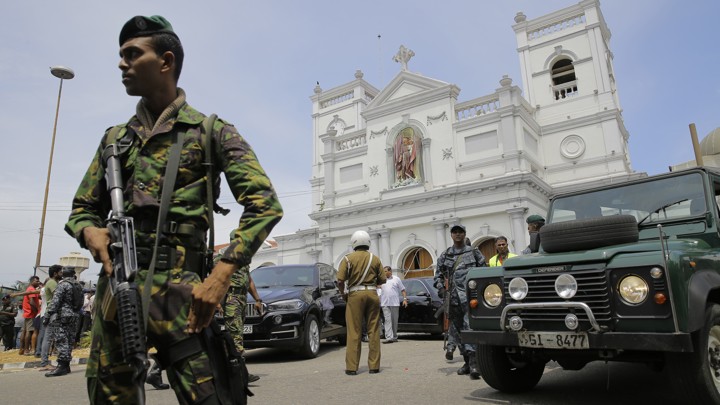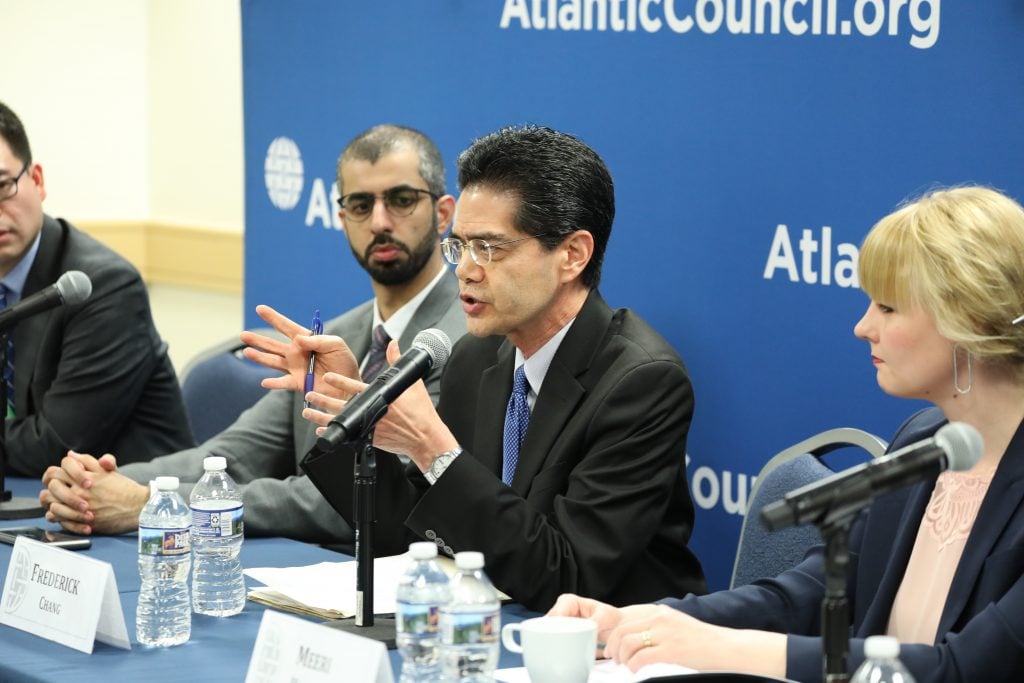Tanvi Madan
The Trump administration’s decision not to extend waivers from Iran sanctions will not be welcome in New Delhi. India imports over three-quarters of the oil it consumes, and Iran has long featured in the list of its top sources. Washington had previously issued it a waiver, and, since sanctions had gone into effect, India had decreased its imports from Iran.
As a U.S. strategic partner, whose cooperation the Trump administration has sought for its Free and Open Indo-Pacific strategy, India had hoped to get another waiver—even if that required further import reductions on its part. The administration’s decision will therefore irk Delhi, particularly since Washington has also imposed sanctions on another of India’s top suppliers, Venezuela.
Indian public- and private-sector refiners will likely find other sources—the Indian government has indicated that it has been planning for this eventuality. Among those alternatives might be Saudi Arabia and the United Arab Emirates, whose relations with India have deepened in recent years; they might also include the United States, a relatively new source of imports for India.















